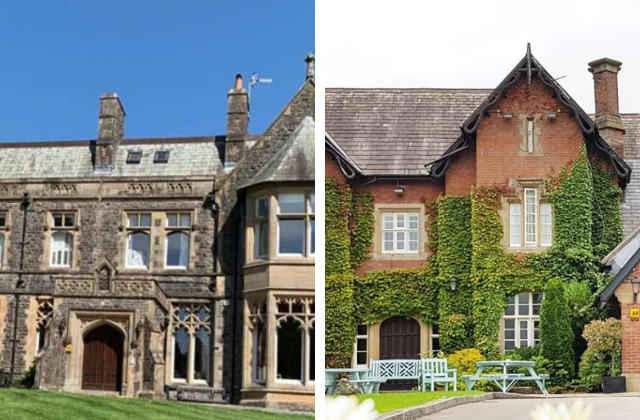Commercial property is a common and popular way for people to invest their pension funds. It is typically low risk and can offer the potential for a good rate of return on your capital.
By Kerry Houghton, Taylor Patterson.That being said, not just any property can be purchased into an appropriate pension scheme. Below is a list of the more commonly approved types of property:
- Offices
- Industrial units
- Shops and retail units
- Agricultural land and forestry
- Hotels and Inns
- Hospitals, nursing and care homes
- Certain types of student halls of residence
- Some leisure property e.g. golf courses, fishing rights, marinas, moorings and sports grounds
- Development land
Neither the approved or residential lists above are exhaustive. There can be situations where exceptions are made and we would always strongly suggest that you speak with the pension trustees prior to starting proceedings.
For example, a Group SIPP or SSAS product where investors become members of the same pension fund and pool funds to purchase the proposed property. This may give access to an asset class that would otherwise not be cost effective individually, since the costs of purchasing and running the property within a pension scheme is divided between the members.
Borrowing is not restricted to banks and other lending institutions. With the agreement of Taylor Patterson, sums can be borrowed from connected or third parties but it does have to be on a commercial basis under a formal agreement. Please refer to Taylor Patterson’s guide to borrowing.
There are a range of costs that need to be considered when purchasing commercial property. In addition to the purchase price other costs include:
- Legal fees
- Valuation fees
- Survey fees e.g. environmental, asbestos
- Land registry fees
- Tax – Stamp duty land tax and VAT (if applicable)
Please note, where the property purchase price is subject to VAT, the stamp duty land tax payable is based on the price inclusive of VAT.
Enjoyed this? Read more from Lancashire Business View






















